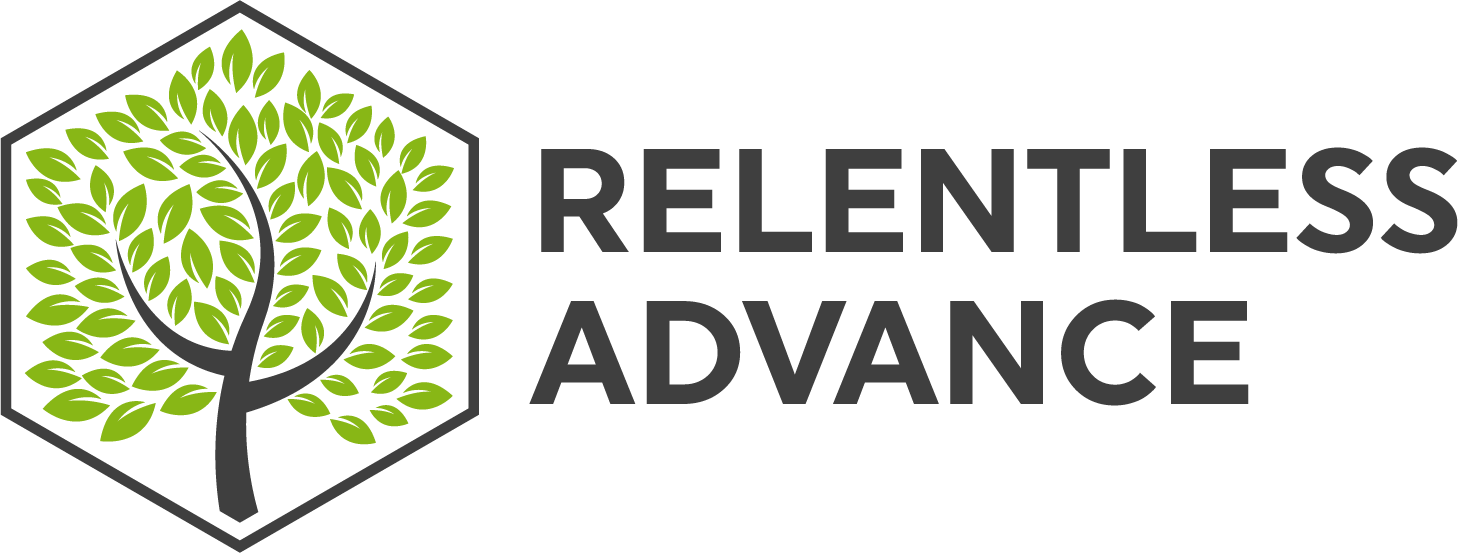CBT: Getting Out of Your Head
Going through continuing education materials, I re-read materials for a CBT training. It marries well with the books I’ve been reading about success and vision.
I like that the training spoke a lot about getting clients to get out of their heads and try not to attach meanings to every thought they have. This is something I took in but didn’t really fully understand until after reading many books about success. So you focus on de-catastrophizing with clients. You ask them to go through what their perceived result will be compared to what will actually happen most likely. In an attempt to get people to overcome their anxiety and to act rather than to think in a spiral of failure. When people are prepared for the possibilities and are training to cognitively regulate their emotions, they experience less anxiety.
To give a thought a meaning increases anxiety. Researchers have found that almost 90% of our thoughts are attached to negative meanings which is not good for progress. The other issue is that humans have the distinct ability to worry about the future or to spend an abundant amount of time thinking about the future rather than experiencing the present.
The CBT training I attended suggested two apps for clients and professionals, MoodKit and CBT Referee.
I think the real take away for CBT in general is to create a habit of reviewing how you perceive a situation before it occurs, how to prepare for different circumstances, and to be able to keep yourself calm and present when you feel anxiety. Make preparations and act. Get out of your mind and in to your life.
